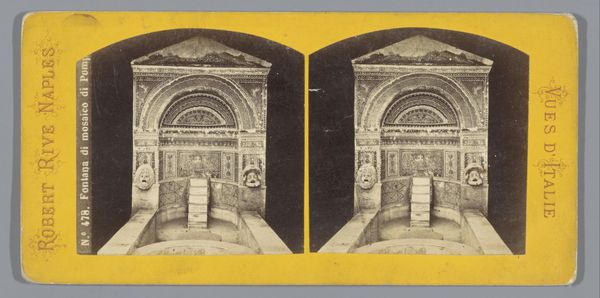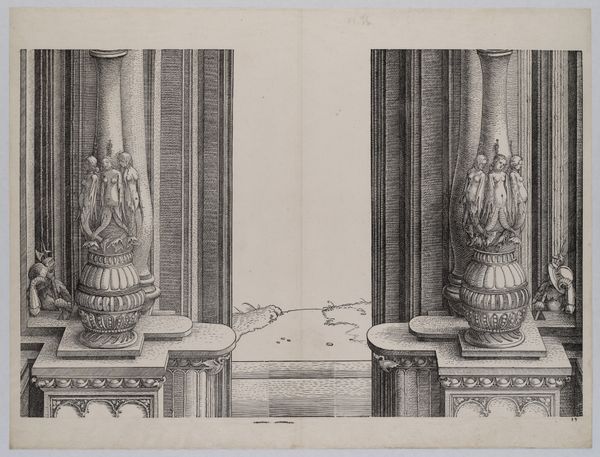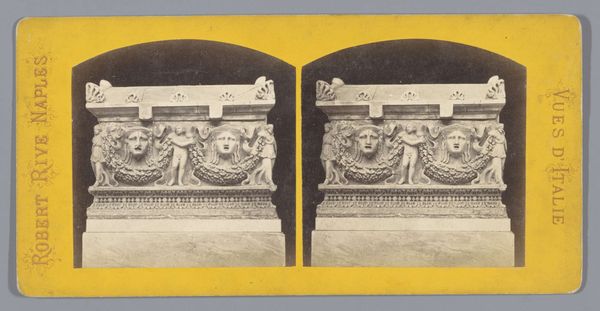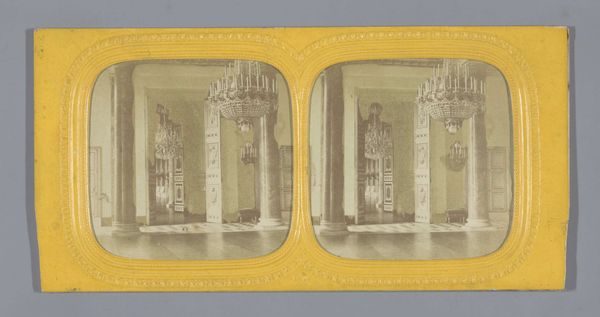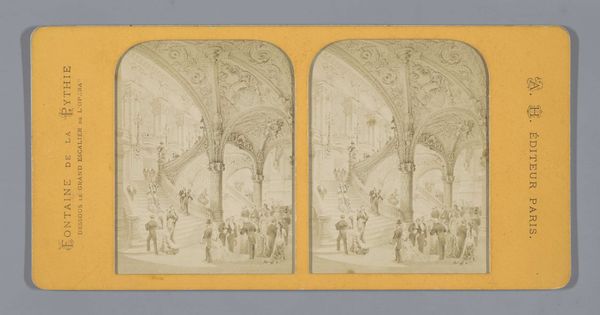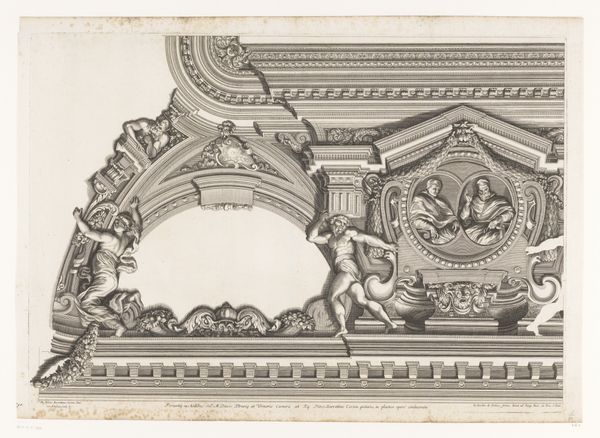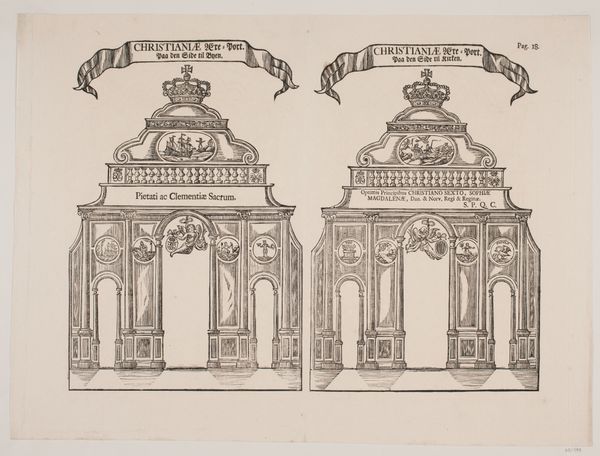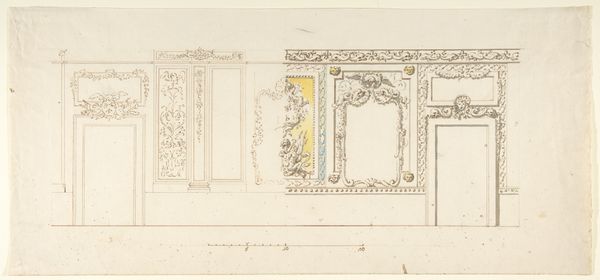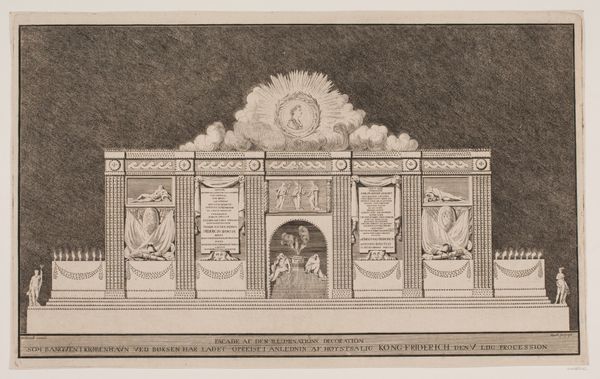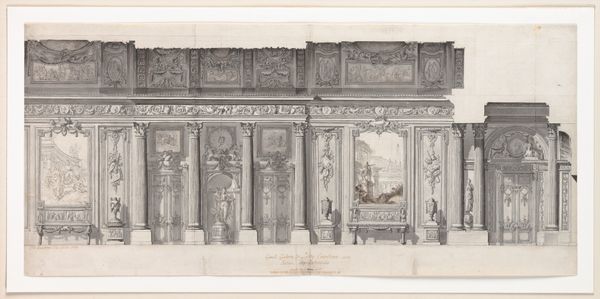
print, photography
#
16_19th-century
# print
#
greek-and-roman-art
#
photography
#
history-painting
Dimensions: 6.4 × 6.5 cm (each image); 8.8 × 17.4 cm (card)
Copyright: Public Domain
Editor: Here we have a photographic print titled "Throne," dating from between 1875 and 1899, housed at The Art Institute of Chicago and attributed to Deposé. It features a classical looking throne or canopy, surrounded by what looks like Greek statues. I'm really struck by how it positions power through these clear historical references, making it appear like the ultimate authority! How would you interpret this work in its historical context? Curator: That's a keen observation! We must consider the late 19th century’s fascination with historical reenactment and its social functions. Photography like this circulated widely; stereoscopic cards were a common form of home entertainment. Think about what's being represented: a throne. It signifies power and authority. The composition with the Greek statues flanking it intentionally evokes classical ideals, linking contemporary aspirations of power back to what was considered a golden age. Who was this "throne" for, what statement does this space and set design make? Editor: It's interesting to consider this not just as a picture but also as a widely circulated commodity for home viewing. Could this image be shaping how people understood or even aspired to certain forms of social power and taste through the rise of photography and mass media? Curator: Precisely. The photographic reproduction democratizes access to symbols of power, albeit in a mediated form. It inserts this kind of imagery into domestic spaces. Consider the role museums played then in shaping public taste and national identity, often presenting grand narratives of history. Perhaps this stereograph is connected to a display inside a museum at the time. Think about the act of looking and the viewer's own place within that imagined history of power, even as it might have excluded them! Editor: So it is possible it functioned not just to display a historic object but also to communicate values or social hierarchy? This makes me see this object so differently than if it was merely art for art's sake! Curator: Indeed! The circulation of these images served a performative function in reaffirming social structures and making history more palatable and available to the masses. The visual language matters. Reflect on the public role of this image and photography. Editor: I will. It really puts this photograph into a wider, meaningful context of history and social influence. Thanks so much!
Comments
No comments
Be the first to comment and join the conversation on the ultimate creative platform.
